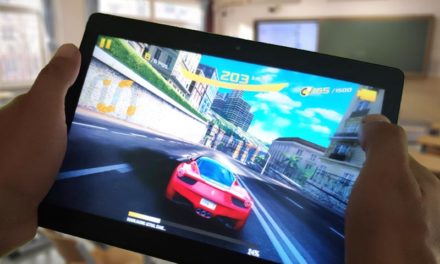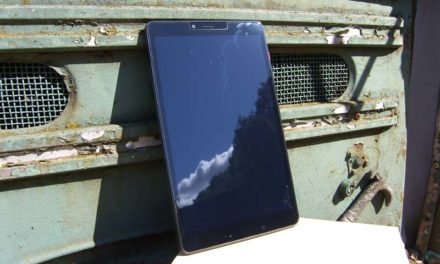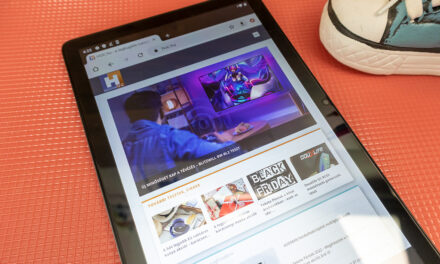
The case of ASUS Transformer PAD Infinity and stepchildren
Before I started trying out the tablet, I looked to see if I could find an update for it. To my surprise, I saw that Jelly Bean has been available for a while, but hasn’t been updated yet. Probably the dear one has been resting at ASUS for a while, no one has bothered to get the latest Android on it.
I am updating my own Android phone with a software called Odin, to do this I need to enter Download mode. He thought I would find a similar solution in this case, but it turned out that the method was much simpler than that.
Download mode also exists here, but we don't have to use it, the tablet uses it for us. Upgrading is easy. All we have to do is download the new firmware and unpack it. We get a ZIP compressed file that we copy to a microSD card. Before inserting the card, I reset the device to the factory state and cleared the caches. After a reboot, the system will recognize the latest firmware on the inserted card, offer the update, and we have no choice but to accept it. Android will reboot in Download mode and in about 10 minutes we will get the coveted Jelly Bean system.
What makes Jelly Bean better than the previous Ice Cream Sandwich? If we look at the system superficially, it does not differ much. Google promises a really big transformation with version 5.0. ICS was 4.0, JB was 4.1, and Infinity was already 4.1.1. It’s a crease stitch, but still much more in the user experience.
Perhaps most importantly, Google promises the user interface will move much smoother and smoother. This is already the certain iPhone feeling that many have missed so far from Android. We’ve got graphics buffering, which combined with the fact that the software tries to infer the next task from the movement of our finger results in a smooth, smooth, hassle-free screen change.
In addition, only small things have really changed, but every little thing makes it easier to use tablets and phones. Of course, the interface may vary from manufacturer to manufacturer and device to device.
One of the most significant changes is in the notification interface. This is the case with the detachable shutter on the telephones and on the surface that opens from the clock on the boards. Until now, it was only possible with an external application or a cooked ROM to turn basic functions on or off. In the case of Jelly Bean, we already achieve many switches this way. Grouped into notifications, you get the latest messages per email account, see missed calls on your phones, call them back in one go, and see thousands of other messages, for example, if you use Google Cards, you can see that from where we are, how long we can get home. You can also see images in the notification bar, for example, if you take a screenshot, you see the last image. If we’re already on the screen saver, let’s not forget that we can now take a snapshot of the screen at the touch of a button, so I did the images in the article.
We are also seeing a change in gadgets or widgets in English. The surface of “factory” programs can be resized almost without exception. For example, I resized the email window in the image.
Predictive text input has also improved a lot. So far I haven’t liked to use it, but under Jelly Bean, that has finally changed. Word prediction works great, greatly speeding up text input.
Speaking of use, we should also mention the blessing effects of Tegra 3. Although it is independent of the system used, it is only for use. With the advent of the Tegra, we get graphics performance that has long been a privilege only for desktops or more powerful notebooks.
You can also download several “tegger” games for free from the Play Store. These include multi-player shooters and pinball, though the latter has only one table. In addition to the resolution of the ASUS Infinity HD and the image quality of the IPS + panel, it is a great experience to play with them. Sure, controlling an FPS game is a bit maceric from the display, but anyone who plays it seriously solves it from a keyboard with a mouse.
ASUS is a big manufacturer, so it’s not enough to push a bare factory Android system in front of its customers. Many programs and widgets come branded with their names, all of which enhance the user experience. I have to say that the blessings of Jelly Bean, Tegra, and ASUS programs together provide the user experience we’ve had the most on apple machines so far, and while I don’t want to undermine the values of either NVIDIA or ASUS, it couldn’t have come together with the new Without Jelly Bean system.






















